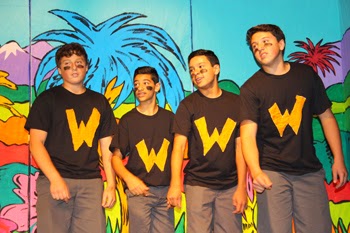While taking a young granddaughter to the zoo, a grandmother
affectionately imparts lessons about the importance of education and hard work.
In a similar setting, a grandson learns from his grandfather about how his
grandparents endured to build a life and legacy for their children in the U.S. These lessons and stories are invaluable for
children.
Passed down like family possessions, they provide children
with cultural pride, security, and a sense of identity. Some believe that the relationship between
children and their grandparents is only second in importance to that between a
child and their parents. Here are a few of the many reasons why grandparents
are more important than ever:
- · Grandparents Make a Difference in their Grandchildren’s Lives
Involved grandparents make a big difference in the lives of
their grandchildren. Some grandparents see their grandchildren at least once a
week. Some grandparents help teach their children to read, write, and spell.
Others influence their grandchildren’s imagination by taking them to museums,
plays, and concerts. For example, what better way for a child to spend an
afternoon than by taking a stroll with a grandparent in the Los Angeles County
Museum of Natural History! Exploring the museum and learning about dinosaurs
and our natural world can leave a lasting impression on a child. It can open a
door for a possible future in archaeology or anthropology! This time and care contributes
to happier and healthier grandchildren.
- · Grandparents Have Valuable Experience
When you think about it - who could better provide advice
and help in raising children than someone who has many years of experience?
Grandparents put their past parenting experience to use in their interactions
with grandchildren. They can influence the lives of their grandchildren with
values and behaviors. The advice, stories, and lessons imparted to them leave a
lasting impression, one that will hopefully have a positive influence and be
passed on again and again to future generations.
At the end of the day, the saying rings true, it really “takes a
village to raise a child.” What better way to raise your child than with the
support and unconditional love from grandparents!
Contributed by Natasha, Fairmont Private Schools



.png)
.jpg)
.jpg)
.jpg)
.jpg)


